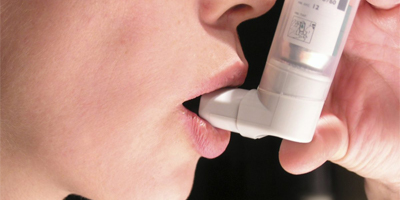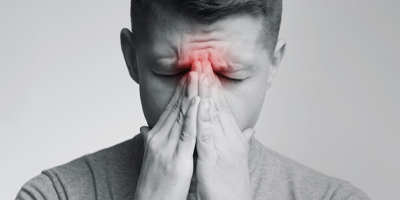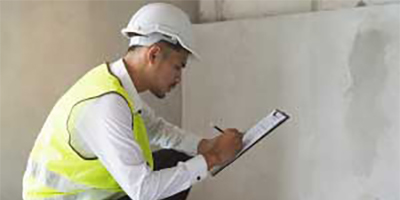
Mold Exposure
Mycotoxins can spread and severely affect the immune system. These lead to health conditions like allergies, hypersensitivity, respiratory problems; and more serious issues like memory loss, depression, anxiety, reproductive problems and others.
Mold Allergy Symptoms
How do you know if you have a cold, the flu, seasonal allergies, or a mold allergy? It’s not always easy to determine, as many of the symptoms are the same. But if you are having symptoms in one location that clear up when you are elsewhere, it’s a good sign that it is a mold allergy. Signs of a mold allergy and symptoms of mold exposure include:
- Sneezing
- Runny or stuffy nose
- Itchy eyes, nose and throat
- Cough and postnasal drip
- Watery eyes
- Wheezing

Mold and Asthma

If you are allergic to mold and also have asthma, your asthma symptoms may be triggered by exposure to mold spores, and can sometimes be severe. In addition to the usual symptoms, you may experience acute coughing, wheezing, shortness of breath, and chest tightness. To reduce asthma attacks caused by mold, have your home or office environment tested for mold to see if your indoor environment is the cause. Also, speak with your doctor about managing your condition.
Black Mold or Toxic Mold Exposure

Although allergies to mold are common, some molds, like black mold or toxic mold, can cause illness and serious health effects without an allergic reaction. These molds can cause a host of problems, ranging from skin infections and rashes to pneumonia and flu like symptoms. In addition to mold allergy symptoms and eye and skin irritations from black mold, you may also experience headaches, more severe breathing troubles, fever, dizziness, nervousness, extreme fatigue, and difficulty concentrating.
Mold in Schools and Work Environments

Schools, classrooms, hallways, offices, and building corridors often harbor mold and dust mites, as do their ventilation systems.
If you are allergic to mold and work in an office building, or are a parent with children who are allergic to mold, you should find out how often the school or building cleans their vents, and if they use high-efficiency air filters to remove mold, pollen, and other particles from the air. This may help to alleviate some of your mold allergy symptoms.
What Can I Do About My Symptoms?

Unfortunately, there is no cure for a mold allergy, but there are ways to reduce the symptoms. While a change in diet and simple over the counter drugs can help relieve your pain, it is important to try and avoid mold whenever possible. Indoor environments may contain high levels of mold and poor indoor air quality, and since we spend 90% of our time indoors, we are very susceptible to it. If you had a water leak from an ice dam this winter, mold may be growing behind your walls, especially now that the weather has warmed up.
If you are having problems with allergies and allergy medication doesn’t seem to be clearing it up, or if you notice that your allergies are more severe in a certain indoor environment, have your home or business tested by an independent professional, like EIS, to see if mold may be the culprit. Once the source of mold is pinpointed, EIS can help you devise a remediation plan. It is important that the testing company does not also do remediation because of the inherent conflict of interest. In such a case, you may be setting yourself up for inflated bills and unnecessary repairs.
Obviously you cannot avoid mold altogether, but removing it from your home or work environment is a huge leap in the right direction.
Call us at (718) 431-3535 to schedule an independent mold inspection today.
